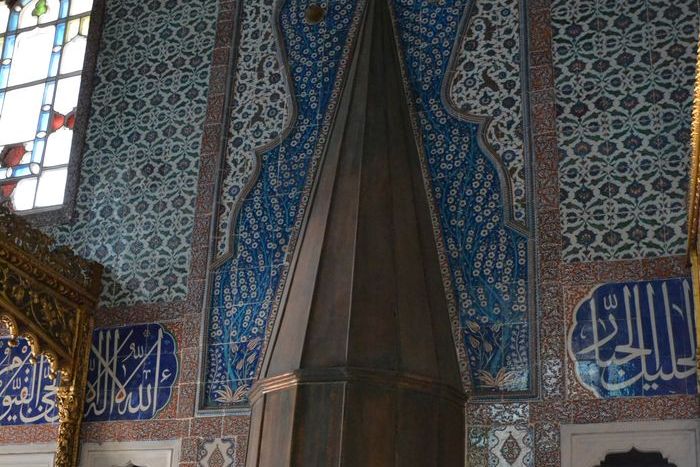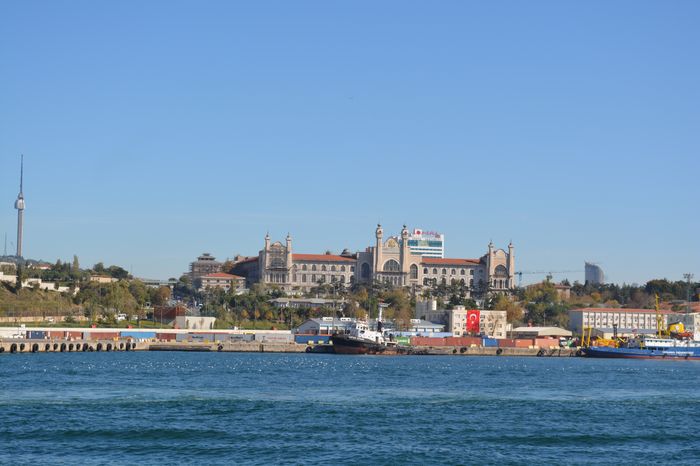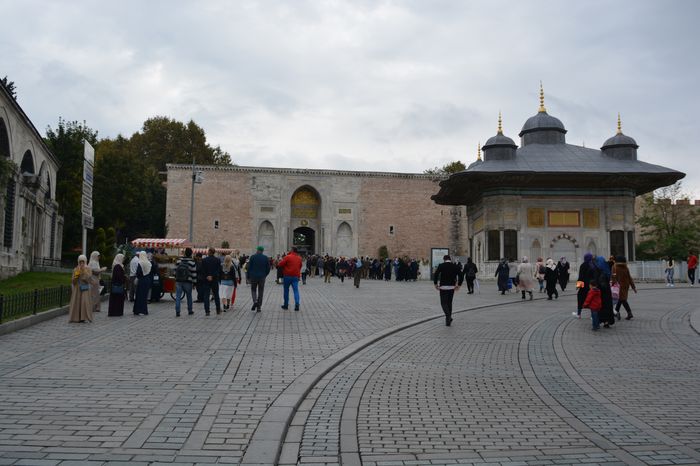Everything we know about Justinian similarly veils him in his robes of state and hides him in his palace. The scandalous stories that circulated about Theodora (we’ll whisper about them shortly) all point back to her forgotten early life, not to the palace days, when she was equally invisible—that is to say, equally on untouchable public display. They wanted to be known by the display. To know them as they were, we will have to circle around the palace and creep up on them unawares.
His city is easier to grasp first. Constantinople demands superlatives, and usually gets them. We’ll start there.
Greek colony
In 658 BCE, the legends said, a Greek colony, led by a man named Byzas, was sent out by the city fathers of Megara, a city a few miles west of Athens along the coast road toward Corinth. Its mission was to establish a settlement on a peninsula about 350 miles northeast of Athens, on the sea highway to the remote, chilling coasts of the Black Sea. Byzas already knew the legend of Jason and his Argonauts, who went that way on their quest for the Golden Fleece, venturing on a little-traveled sea, and then to the trackless and unimaginable waste of the lands beyond it. Some less legendary travelers doubtless had reported back about a unique site that Byzas now prospected along that route. From the water, it looked like a city made by the sea bulgaria vacations.
From the many-isled Aegean, Greek sailors entered the Dardanelles, a narrow passage separating Thrace and the Balkans on the left from Asia Minor on the right. Fifty miles on, the waters broadened into the Sea of Marmara, wide and daunting enough to compel ancient sailors to cling to the shore for 100 miles or so, until currents and winds brought them in sight of a modest hilltop jutting into the sea on the left. Creature as he was of the winds and the water, the typical sailor would approach the site at first gingerly, but then, once he knew the place, with delight.
For the peninsula stood at the mouth of another narrows, a thirty-five-mile passage broad enough for the most ambitious shipping but narrow enough today to be crossed, twice, with suspension bridges. That passage, the Bosporus, if you sailed up its course, led to the Black Sea, or, as the ancients called it with polite irony, the Euxine Sea: “the sea that is kindly to visitors” (its cold and currents were anything but kindly). Right here, where this hill rose on the left, a channel of water ran behind its peninsula. It was a few hundred yards wide and a couple of miles long, providing a weather- safe deepwater harbor that sailors welcomed. They called this route the Golden Horn, and it made the city from that day onward.
Byzas’s efforts
In recognition of Byzas’s efforts, the city established there was called Byzantium. It claimed all customs duties travelers paid up and down the Bosporus, and thus had a steady prosperity during all the centuries when Greeks opened up the Black Sea and planted flourishing colonies around it—colonies that stayed in touch with their mother cities. Byzantium knew almost 1,000 years of that prosperity. Now and again it was drawn into the margins of Mediterranean political and military conflict.
Constantine, the first Christian emperor, saw the possibilities in the place. He was brilliant in both his plan for the city and its execution. In 324, when he was the newly unchallenged ruler over the eastern provinces of empire after a twenty-year struggle, he declared the city his own and laid out its ambitions. Unlike modern, fabricated capitals such as Brasilia and Canberra, this one already had a reason for being, but it manifested all the artificiality of a city built quickly on overweening ambition and tax money. On May 11, 330, with his namesake city still for the most part a bustling construction site, Constantine was ready to host a grand inaugural celebration for it Constantinople grew and flourished in consequence.
In his not quite Christian way, the rituals mixed Christian and traditional elements, deliberately evoking the old Rome in a new place. With some effort he identified seven hills, naming them to ensure a resemblance to the old capital. (Whatever Constantine’s beliefs, the city was determinedly traditional in form and decoration, with statues of the ancient gods and heroes lining its streets; Christianity was visibly present in only about a dozen churches.1) He offered land grants in nearby provinces, encouraging the ambitious recipients to build city houses as well for themselves. In 332, he established the free handouts of grain, long familiar to Romans, to feed Constantinople’s poor.







